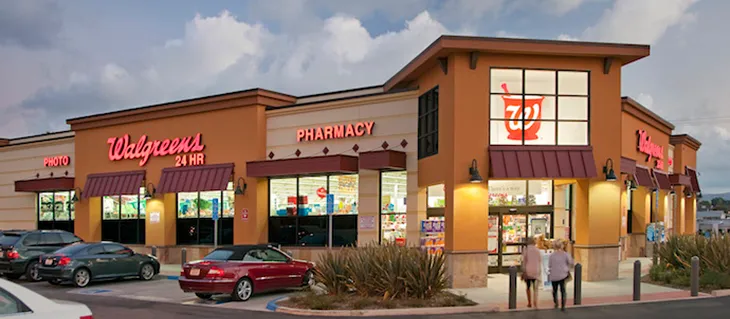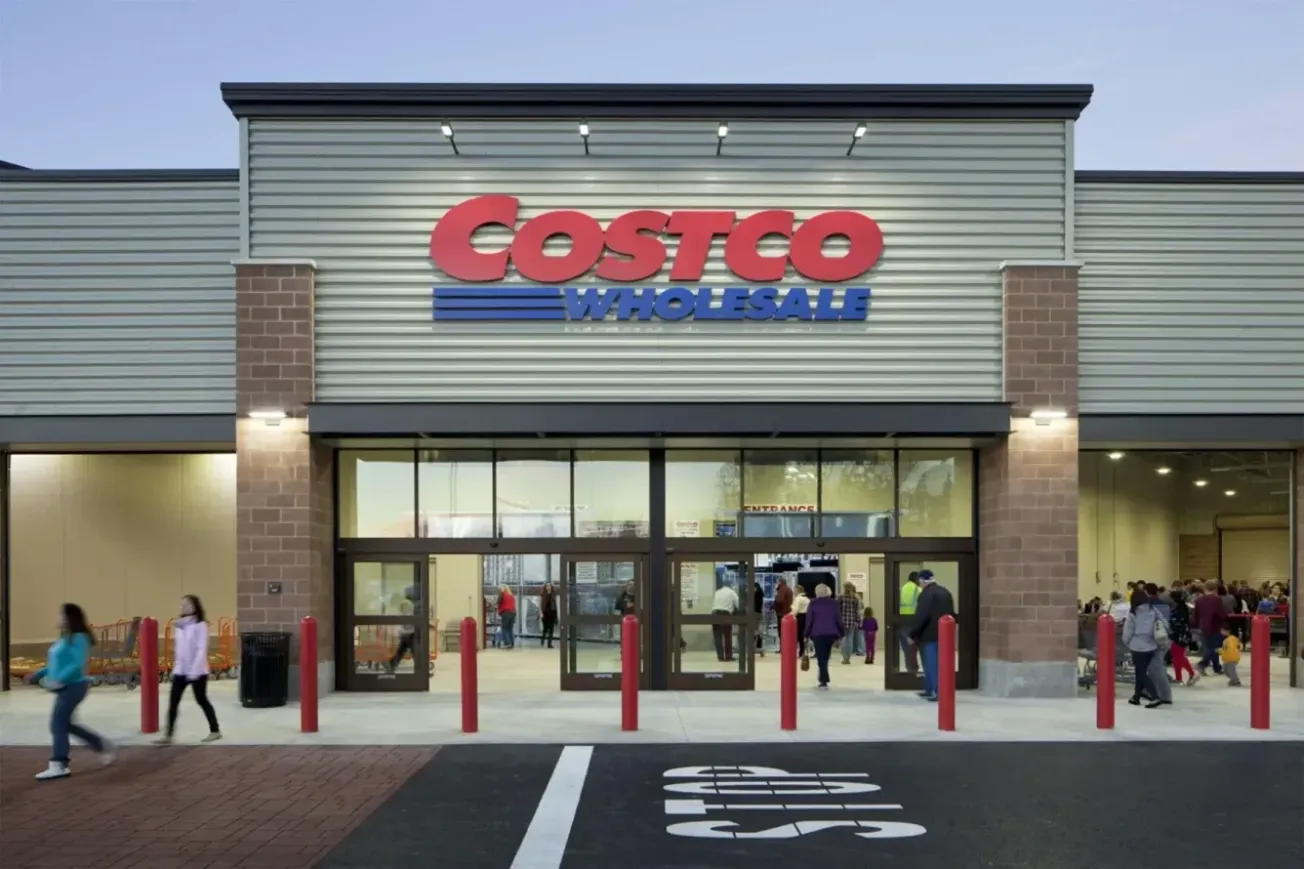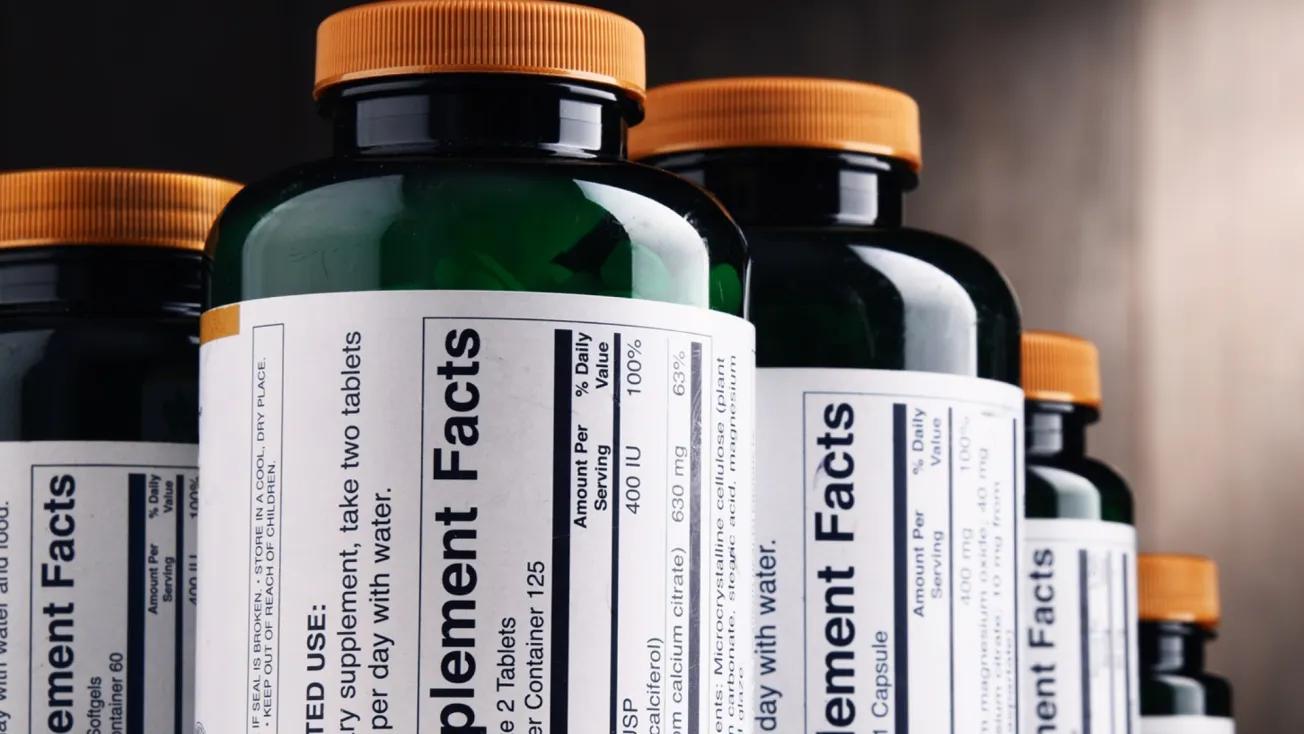DEERFIELD, Ill. — Walgreens Boots Alliance Inc. (WBA) posted better than expected second quarter sales and earnings Thursday. The company’s adjusted earnings per share of $1.52 topped Wall Street’s forecast of $1.46. Sales of $35.82 billion beat the projection of $35.27 billion.

Stefano Pessina
The quarter ended February 29, before the number of COVID-19 cases in the U.S. swelled and transformed shopping patterns. More recently, Walgreens has experienced a rush of customers seeking to stock up on over-the-counter and prescription drugs, disinfectants, disposable gloves and paper goods.
Prior to the outbreak, the retailer said it was meeting its 2020 forecast for roughly flat growth in adjusted earnings. It said the financial effect of the pandemic is uncertain, and will provide updates in its third quarter report.
Executive vice chairman and CEO Stefano Pessina said, “We are pleased to report second quarter results exceeding our expectations, with sequential improvement in comparable U.S. prescription volume and retail sales. During these unprecedented times of global uncertainty, Walgreens Boots Alliance is on the front lines of combating the COVID-19 pandemic. Our number one priority is to continue to provide essential services, products and information at this critical moment of need, demonstrating our unwavering commitment to our customers and patients, and to our people.”
Fiscal 2020 second quarter net earnings decreased 18.2% to $946 million compared to the same quarter a year ago, while net earnings per share decreased 14% to $1.07.
Adjusted net earnings decreased 11.8% to $1.3 billion, on both a reported and constant currency basis. The adjusted earnings per share of $1.52 were down 7.3% on both a reported and constant currency basis.
The revenue of $35.82 billion was up 3.7% from the year-ago quarter, and up 4.1% on a constant currency basis.
Compared to the same quarter a year ago, operating income was $1.2 billion, a decrease of 18.7%, and adjusted operating income was $1.7 billion, a decrease of 12%, on both a reported and constant currency basis, reflecting lower U.S. pharmacy gross margin and year-over-year bonus changes, partially offset by cost savings from the Transformational Cost Management Program.
Net cash provided by operating activities was $1.4 billion in the second quarter and free cash flow was $1.1 billion.
For the first six months of fiscal 2020, net earnings attributable to WBA decreased 21.4% to $1.8 billion compared with the same period a year ago, while net earnings per share decreased 16.8% to $2.01.
Adjusted net earnings attributable to WBA for the first half decreased 11.8% to $2.6 billion, down 11.7% on a constant currency basis. Adjusted earnings per share for the half were $2.88, a decrease of 6.6% on a reported basis and a decrease of 6.5% on a constant currency basis.
Sales in the first half were $70.2 billion, an increase of 2.7% and an increase of 3.2% on a constant currency basis.
Operating income in the first six months of fiscal 2020 was $2.2 billion, a decrease of 23% . Adjusted operating income was $3.2 billion, a decrease of 13.7% , and a decrease of 13.6% on a constant currency basis.
Net cash provided by operating activities was $2.5 billion in the first six months, an increase of $1.3 billion from the same period last year, and free cash flow was $1.8 billion, an increase of $1.4 billion reflecting strong working capital performance, prior year headwinds and favorable timing.
Retail Pharmacy USA had second quarter sales of $27.2 billion, an increase of 3.8% over the year-ago quarter. Sales in comparable stores increased 2.7%. Comparable data exclude the favorable impact of the 2020 leap day.
Pharmacy sales increased 5.3% from the year-ago quarter, reflecting higher brand inflation and prescription volume, and specialty growth of 17.7%. Comparable pharmacy sales increased 3.7%. The division filled 296.8 million prescriptions, including immunizations, adjusted to 30-day equivalents in the quarter, an increase of 3.7% over last year’s quarter. Prescriptions filled in comparable stores increased 4.9%.
The division’s retail prescription market share on a 30-day adjusted basis in the second quarter decreased approximately 50 basis points to 21.0%, as reported by IQVIA.
Retail sales decreased 0.3%. Comparable retail sales were up 0.6% in the quarter, mostly due to strong growth in health and wellness, including a favorable cough, cold and flu season. Excluding tobacco and e-cigarettes, comparable retail sales increased 1.9%.
Gross profit decreased 4.3% and adjusted gross profit decreased 3.7%, with procurement savings, prescription growth and solid retail growth more than offset by reimbursement pressure.
Second quarter selling, general and administrative expenses (SG&A) as a percentage of sales decreased by seven-tenths of a point. Adjusted SG&A as a percentage of sales decreased by eight-tenths of a point. Both decreases include savings from the Transformational Cost Management Program.
Operating income in the second quarter decreased 21.5% to $963 million. Excluding costs related to the acquisition of Rite Aid stores and to the Transformational Cost Management Program, adjusted operating income in the second quarter decreased 12.9% from the year-ago quarter to $1.3 billion, reflecting the year-on-year bonus impact and a reimbursement contract true-up.






